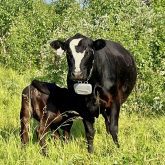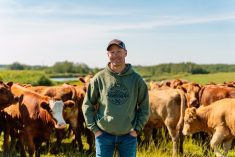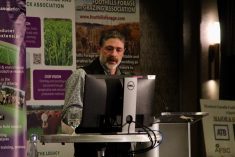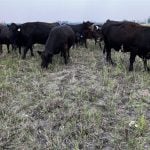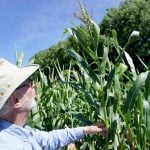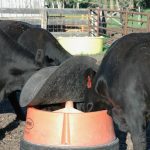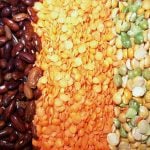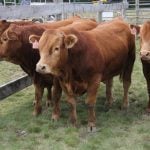When scientist Kevin Floate first began studying dung insects more than three decades ago, he went searching for a comprehensive resource on the topic.
“I was looking for a general book for the layperson,” explains Floate, a senior researcher at Agriculture and Agri-Food Canada’s Lethbridge Research and Development Centre.
While he found bits of information scattered across various scientific journals, a one-stop-shop of relevant cattle dung insect information didn’t exist. Naturally, his goal was to create one.
Read Also
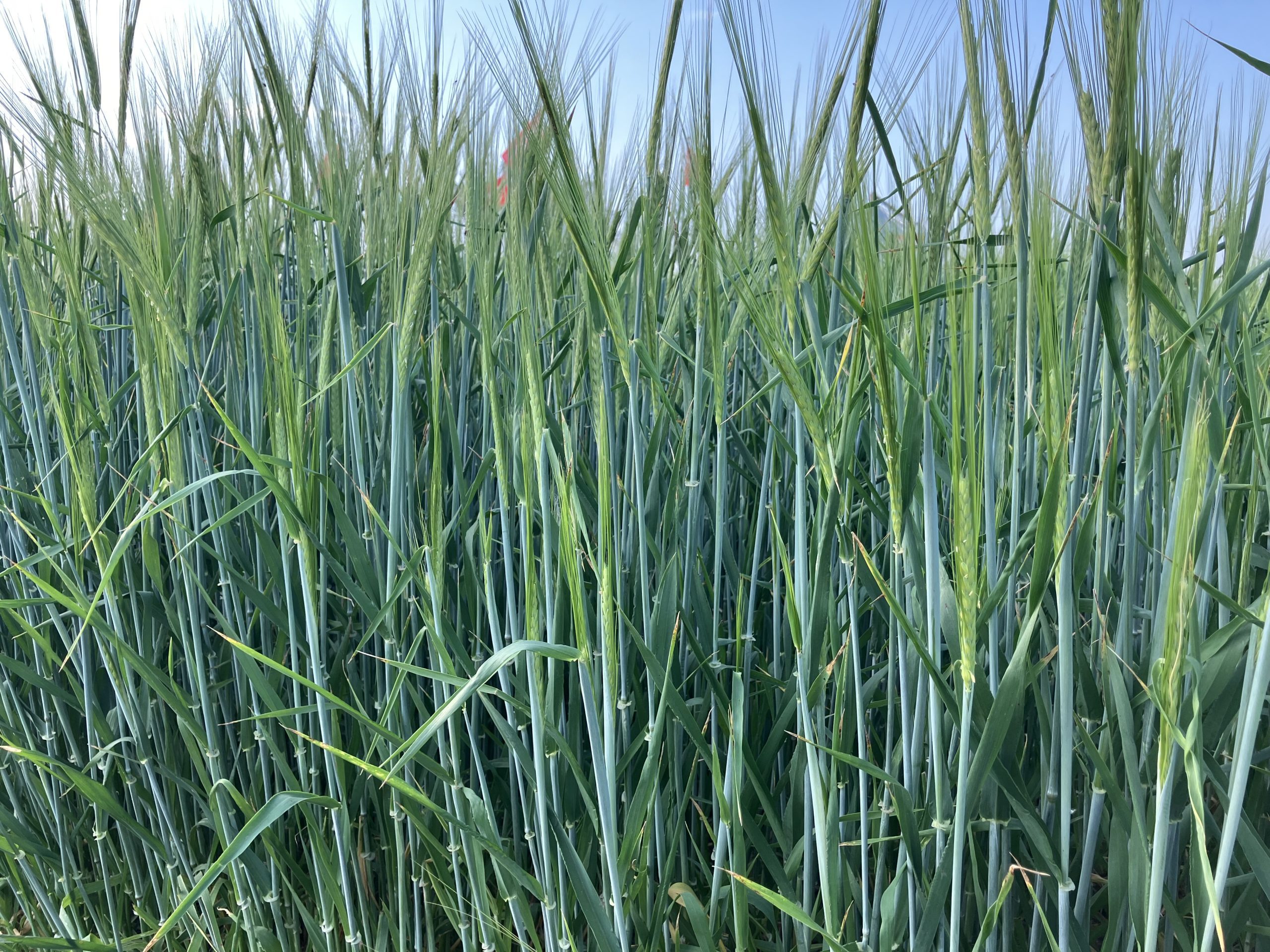
Canadian farmers plant less barley in 2025
I’ve received many inquiries from cattle producers about the feed grain outlook for the 2025-26 crop year. Cow-calf producers have…
During COVID, Floate had an opportunity to dedicate time toward creating and publishing a resource book.
The guidebook features colour photographs and high-quality images and each fact source is carefully documented and cited. Floate says it’s personally fulfilling to read dung insect discovery work from 100 years ago and find a relevant use for it today.
“The guide was written with ranchers and producers in mind,” says Floate. With 1,000 printed copies quickly distributed worldwide and more than 4,500 online views in English and 2,500 views in French, the guidebook is proving to fill a gap.

Manure as an oasis
Much of Floate’s career has focused on cow dung pats, an ecosystem that often goes under the radar, yet a valuable component of the animal-plant-soil interface.
“A cow pie is like an oasis in a prairie desert,” Floate says. In an area that was bone dry before, suddenly you have a deposit that is 80 per cent water and rich in plant bacteria, he explains.
However, the presence (or absence) of dung insects will affect the efficiency of how cow patty components are recycled back into the land.
“From an applied perspective, if you have a cow pie that is dropped on the pasture, it immediately removes that surface amount available by grazing,” says Floate.
Cow Patty Critters states in Canada, approximately 110 million dung pats are deposited daily by cattle.
Without active dung insects, Floate explains that the nutrients from the patty will leach out into the surrounding soil, over-fertilizing nearby vegetation and leaving a “green halo” effect. The forage may look green and lush, but Floate says it is not very palatable to livestock initially, which can further remove additional grazing surface area.
“If you take (dung) insects out of the equation, in Alberta or Saskatchewan that pie could be there for years,” he says.
When dung insects are active, however, they will take nutrients that are trapped in the manure and return them to the land.
“When insects are present, they dig holes, form tunnels. They physically remove chunks of the dung pat to accelerate the process of dung degradation,” says Floate.
“Simply by digging those tunnels, dung insects improve the porosity for water infiltration and aeration. Plant roots find those tunnels and use them as channels,” he adds.
“In scattering the pie, there are over 300 species of insects that can be involved.”
Dung pat degradation also reduces the incidence of livestock nuisance fly species such as face flies, horn flies and stable flies that cause production losses and discomfort among beef cattle.
Horn flies, for example, can complete three or four generations in a growing season, Floate says. “A lot of dung insect activity can help reduce the impact of these pest species.”
Floate notes that dung insects also provide other valued ecosystem services including pollination and seed dispersal, and they are an important source of food for small mammals and grassland bird species.

Dung insect dynamics
Weather conditions dictate when a “skin” forms on the patty and which odours are released or masked.
“If it were a wet day, the crust would not form as quickly and odours would be released for a longer period of time, attracting more insects,” Floate says.
“When the cow pie is deposited, low humidity and high temperatures accelerate the formation of a crust on a fresh pie, almost like saran wrap,” says Floate. That crust will block insect-attracting odours.
“(Dung pats) are not static, they change almost by the minute,” says Floate.
The amount of soil disturbance also plays a role in supporting some dung insects over others.
Many dung insects in Canada were unintentionally introduced from Europe, says Floate. Native dung beetle rollers and tunnellers exist, but are more likely to be found on undisturbed pastures than tame fields that have seen lots of disturbance, he says.
“If the ground is disturbed on a regular basis, that will disrupt those species.”
In contrast, dung beetle “dweller” species are less affected by soil disturbance. “Dwellers fly in, lay their eggs in the cow pie, and emerge as a new adult.”
Livestock parasite control products are another factor influencing dung insect activity.
Floate suggests producers use a careful approach when applying parasite control products but he defers to producers to make a decision that works for them.
“Their decision affects their pocketbook. If cattle have to be treated for parasite control, do that,” he says, but suggests producers watch the timing and type of product.
“If you’re using a parasiticide, and are concerned about dung health community, some products have less of a (negative) effect than others,” Floate says. He recommends treating after early June, which is when dung beetle insects tend to lay their eggs.
Product selection is also important. Float says that some products, such as eprinomectin, release active ingredients that can suppress or nearly suppress dung insects over several months rather than weeks. “This will reduce dung insects for an entire season.”
Future fecal projects
For Floate, studying cow pie ecology requires a team approach and can answer some detailed questions.
Along with fellow researchers, a new project on the docket will assess the effect of chemical residues from a dung pat on the adjacent soil.
“The residue from the cow pie will leach into the soil and affect the organisms in the soil beneath the pie and the immediate proximity,” he says. “The range of effect is pretty localized, but it is still an effect.”
Floate also continues to look for feedback on Cow Patty Critters as he considers working on potential updates that include additional dung insect species prevalent across North America and into Mexico.
“I’ve been asked a lot of questions about dung insects over my career,” says Floate, adding that referring producers, students and fellow researchers to this made-in-Canada book gives him great satisfaction.
“This is the guide I wish I had when I started my career.”
Readers can download a copy of the guidebook by scanning the QR code included with this article. c
Tara Mulhern Davidson is a writer and a beef and forage consultant. She ranches with her family in southwestern Saskatchewan.






